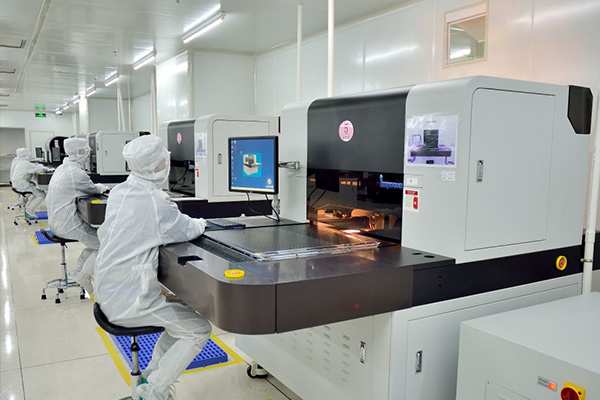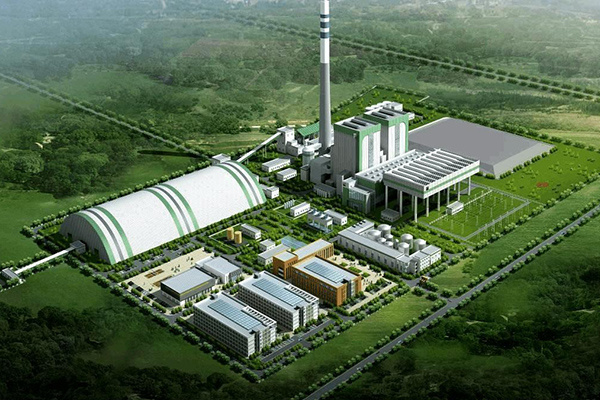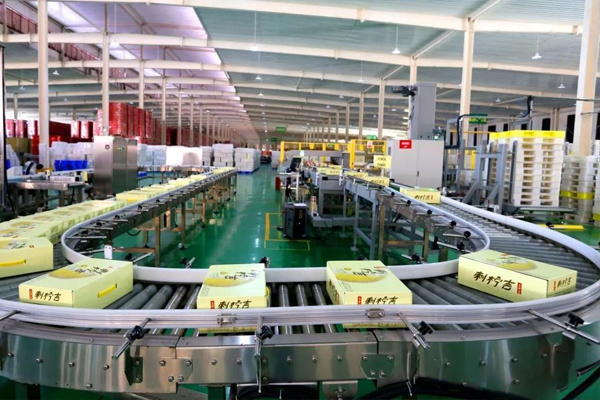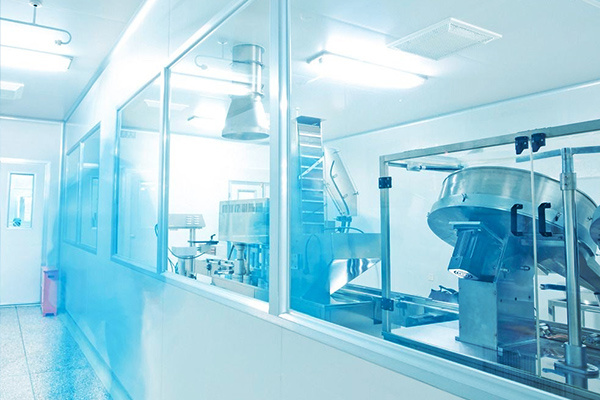Compressed air piping in the compressed air station
Compressed air pipelines should meet user requirements for compressed air flow, pressure, and quality. Future development needs should also be considered.
The laying method of compressed air pipelines in plant (mine) areas should be determined based on comprehensive factors such as meteorological, hydrological, geological, and topographical conditions, as well as ease of construction, operation, and maintenance.
Compressed air pipelines in hot-summer-cold-winter regions, hot-summer-mild-winter regions, and temperate regions should use overhead laying. For overhead laying in cold and severely cold regions, anti-freezing measures should be taken. In severely cold regions, plant (mine) area compressed air pipelines should preferably be laid in trenches with heating pipelines or buried.
Pipelines transporting saturated compressed air should be equipped with devices that can discharge accumulated oil and water within the pipeline system. For sloped pipelines, the slope should not be less than 0.002。
The selection of compressed air pipeline materials should comply with the following regulations:
1 For compressed air pipelines without drying and purification requirements, carbon steel pipes can be used;
2 Pressure dew point less than or equal to 10 ℃, higher than -20 ℃ or dust particle size less than or equal to 40m Greater than 5m Dried and purified compressed air pipelines can use passivated or hot-dip galvanized carbon steel pipes;
3 Pressure dew point less than or equal to -20 ℃, greater than or equal to -40 ℃ or dust particle size less than or equal to 5mm ,Greater than or equal to 1m Dried and purified compressed air pipelines should preferably use stainless steel pipes or copper pipes ;
4 Pressure dew point below -40 ℃ or dust particle size less than 1mm Dried and purified compressed air pipelines should use stainless steel pipes or copper pipes 。
The valves and fittings of dried and purified compressed air pipelines should have sealing, wear resistance, and corrosion resistance properties that match the pipe materials.
The connections of compressed air pipelines, except for flanges or threaded connections at equipment and valves, should use welding. The connection of dried and purified compressed air pipelines should comply with the current national standard "Clean Room Design Specification" ( GB 50073 ) regulations.
The inner walls, valves, and fittings of dried and purified compressed air pipelines should be cleaned, degreased, or passivated before installation.
Overhead compressed air pipelines in plant (mine) areas should have thermal compensation.
At the entrance of compressed air-using buildings, shut-off valves, pressure gauges, and flow meters should be installed. For pipelines transporting saturated compressed air, oil-water separators should be installed.
For users with fluctuating compressed air loads or requiring stable supply pressure, it is advisable to install air storage tanks or other pressure stabilizing devices nearby.
When compressed air pipelines require lightning protection grounding, they should comply with the current national standard "Building Lightning Protection Design Specification" ( GB50057 ) regulations.
Buried compressed air pipelines should be treated with appropriate anti-corrosion measures according to the corrosiveness of the soil. Buried pipelines transporting saturated compressed air in plant (mine) areas should be laid below the freezing line.
When buried compressed air pipelines cross railways or roads, the following requirements should be met:
1 The clearance between the top of the pipe and the bottom of the railway track should not be less than 1.2mm
2 The vertical clearance between the top of the pipe and the bottom of the road surface structure should not be less than 0.5m . When the above requirements cannot be met, protective casings (or trenches) should be added, extending beyond the railway shoulder or embankment foot on both ends, and not less than 1.0mm When there are drainage ditches on the railway subgrade or roadside, the casing should extend beyond the edge of the drainage ditch 1.0m。
The minimum horizontal distance between compressed air pipelines laid in plant (mine) areas and other pipelines, buildings, and structures should comply with the current national standard "Industrial Enterprise General Layout Design Specification" ( GB 50187 ) regulations.
The clearance between overhead compressed air pipelines in workshops and other overhead pipelines should not be less than the regulations in Table 9.0.15 Regulations.
Table 9.0.15 Clearance between overhead compressed air pipelines and other overhead pipelines in workshops ( m )
|
Name |
Horizontal Clearance |
Crossing Clearance |
|
Water supply and drainage pipes |
0.15 |
0.1 |
|
Non-flammable gas pipes |
0.15 |
0.1 |
|
Heating pipes |
0.15 |
0.1 |
|
Gas pipes |
0.25 |
0.1 |
|
Oxygen pipes |
0.25 |
0.1 |
|
Acetylene pipes |
0.25 |
0.25 |
|
Power pipes with wires |
0.1 |
0.1 |
|
Cables |
0.5 |
0.5 |
|
Bare conductors or sliding contacts |
1.0 |
0.5 |
|
Note: 1 When cables have protective measures against mechanical damage at the intersection, the crossing clearance can be reduced to 0.1m。 2 When compressed air pipes crossing bare conductors or sliding contacts require frequent maintenance, the clearance should be 1m。 |
||
Application Industry
Relevant Cases
Product Consultation
Dedicated to provide you with quality products and professional services, please keep the phone open, We will contact you as soon as possible, thank you for your support!












